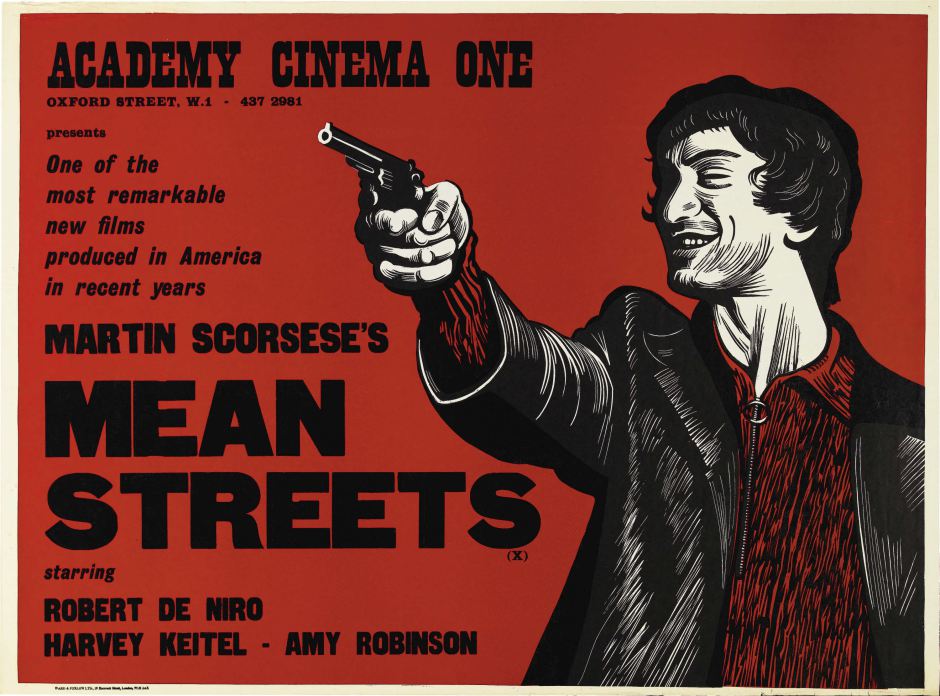In 1964, Stanley Kubrick was riding high from the success of his Cold War black comedy Dr. Strangelove. For his next film, Kubrick wanted to make something different. He wanted to make a science fiction epic at a time when sci-fi was a byword for cheap and cheesy. And so, the director reached out to writer Arthur C. Clarke, after reading his short story “The Sentinel.” In a letter dated March 31, 1964, Kubrick wrote:
I had been a great admirer of your books for quite a time and had always wanted to discuss with you the possibility of doing the proverbial “really good” science-fiction movie.
My main interest lies along these broad areas, naturally assuming great plot and character:
1. The reasons for believing in the existence of intelligent extra-terrestrial life.
2. The impact (and perhaps even lack of impact in some quarters) such discovery would have on Earth in the near future.
3. A space probe with a landing and exploration of the Moon and Mars.
The two soon met at Trader Vic’s in New York and started hashing out a story that became 2001: A Space Odyssey. Over the course of the next four years, Kubrick and Clarke talked and corresponded frequently. The original plan was for both to develop the novel first and then adapt the resulting work into a screenplay. In practice, the script developed in parallel to the book. Kubrick demanded rewrite after rewrite from an increasingly impatient Clarke as the movie went into production. The book ultimately came out a couple months after the movie’s April 1968 premiere. Ever the master manipulator, Kubrick, in all likelihood, did this on purpose so that Clarke’s efforts wouldn’t overshadow the film.
The folks over at Cinefix put together a video on the differences between the book and the movie. If you can get past the bro-tastic voice-over, the piece offers a pretty thorough accounting. You can watch part one and part two above.
One of the biggest differences is that in the book, HAL, Dave Bowman and company are off to Saturn. But Kubrick’s special effects guru Douglas Trumbull couldn’t get the ringed planet to look right, so the director simply changed the mission’s destination.
Most of the other differences boil down to a difference in the medium. Clarke explains everything in the story in great detail – from the man-apes’ evolution to the real reason HAL9000 went on his killing spree. Kubrick, in contrast, explained almost nothing.
In a 1970 interview, Kubrick talked more about the difference between the two works.
It’s a totally different kind of experience, of course, and there are a number of differences between the book and the movie. The novel, for example, attempts to explain things much more explicitly than the film does, which is inevitable in a verbal medium. […]
[The movie], on the other hand, is basically a visual, nonverbal experience. It avoids intellectual verbalization and reaches the viewer’s subconscious in a way that is essentially poetic and philosophic. The film thus becomes a subjective experience, which hits the viewer at an inner level of consciousness, just as music does, or painting.
Actually, film operates on a level much closer to music and to painting than to the printed word, and, of course, movies present the opportunity to convey complex concepts and abstractions without the traditional reliance on words. I think that 2001, like music, succeeds in short-circuiting the rigid surface cultural blocks that shackle our consciousness to narrowly limited areas of experience and is able to cut directly through to areas of emotional comprehension.
So you are someone who finds the movie to be frustratingly oblique, the book will give you answers. But it probably won’t blow your mind.
Related Content:
Signature Shots from the Films of Stanley Kubrick: One-Point Perspective
The Shining and Other Complex Stanley Kubrick Films Recut as Simple Hollywood Movies
Lost Kubrick: A Short Documentary on Stanley Kubrick’s Unfinished Films
Napoleon: The Greatest Movie Stanley Kubrick Never Made
Explore the Massive Stanley Kubrick Exhibit at the Los Angeles County Museum of Art
Jonathan Crow is a Los Angeles-based writer and filmmaker whose work has appeared in Yahoo!, The Hollywood Reporter, and other publications. You can follow him at @jonccrow. And check out his blog Veeptopus, featuring lots of pictures of vice presidents with octopuses on their heads. The Veeptopus store is here.










